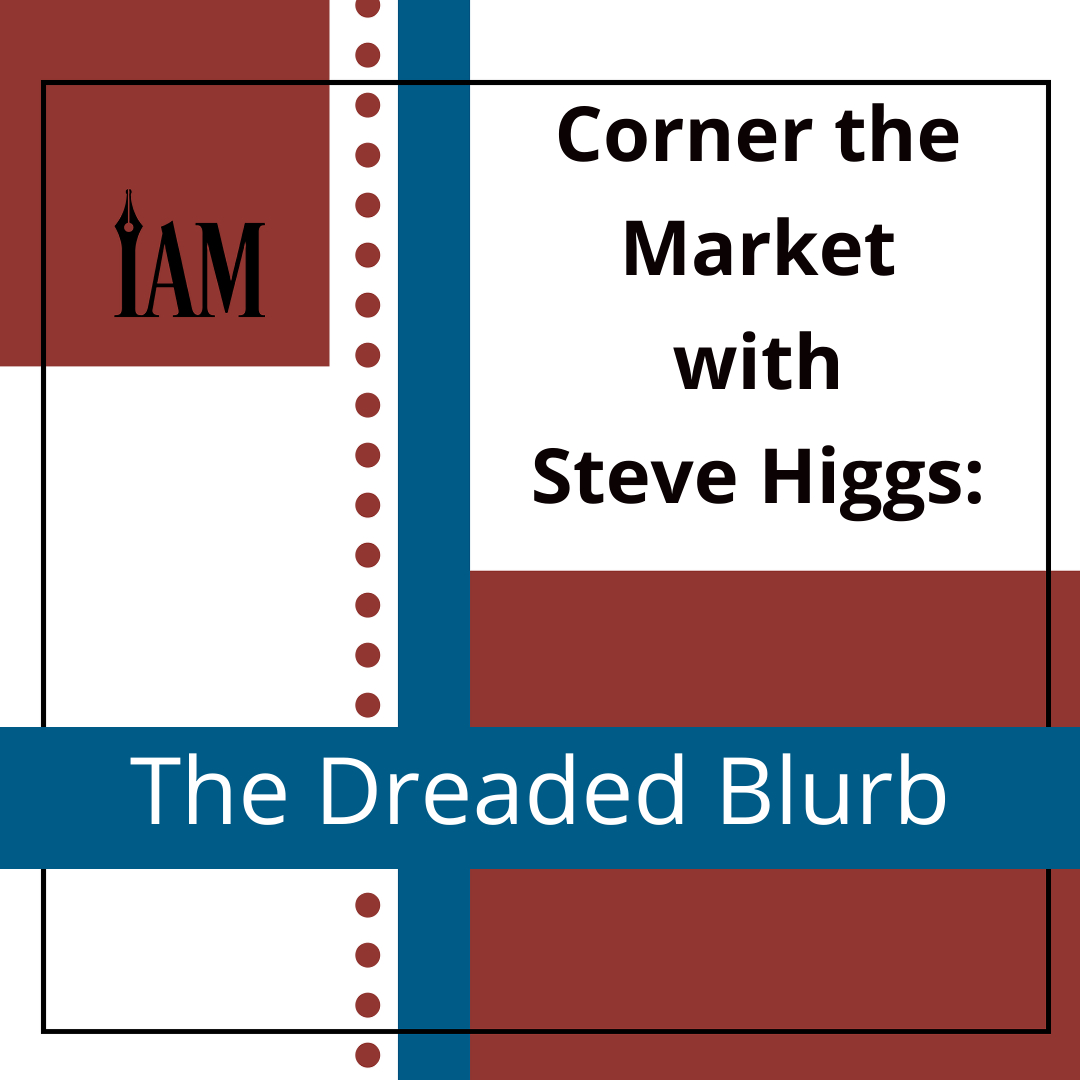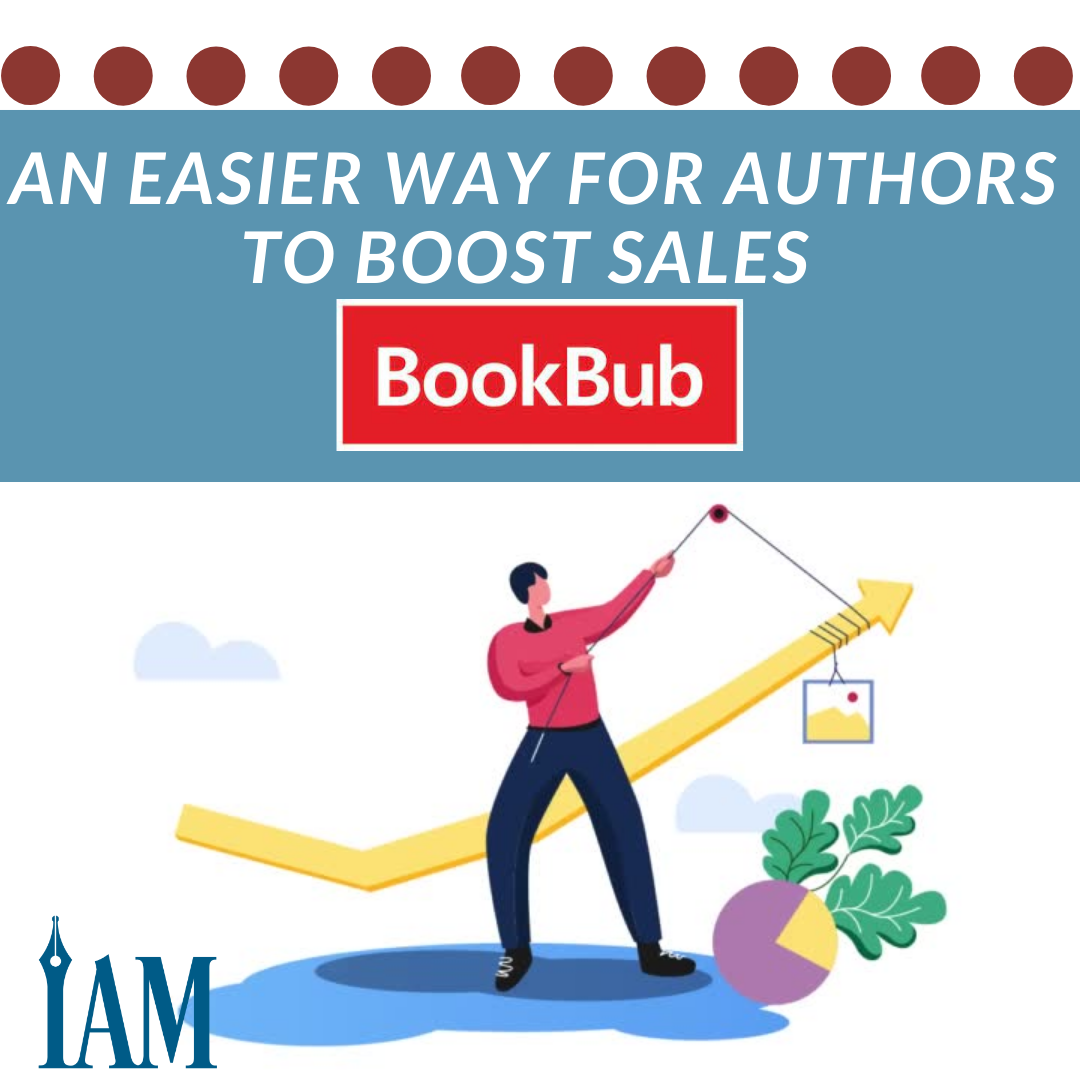Writing a book’s blurb is one of the first steps in book marketing and one authors love to lament. You have to boil your entire book down into a few punchy lines that will entice the reader without giving away the story and somehow leave them with a desperate need to know more.
The amazing cover you love so much will entice a reader to explore the blurb, but it is the blurb that truly sells the book.
So how do you do it?
There are several strategies authors use, but I want to share mine with you. When I write my book’s blurbs, I break the task down into sections and always start with an opening hook: a single line that is intended to spike their interest. For my first book, I wrote, “Fight a demon, investigate a werewolf biker gang, have tea with mum…it’s all in a day’s work for England’s #1 paranormal P.J.”
In twenty-three words, I introduced genre tropes—demon, werewolf—showed that the subject matter is probably lighthearted since he is going to have tea with his mum, and made it clear this is a story about a paranormal investigator in England.
Here are a couple more examples of one-line introductions. The first is just thirteen words, and it hits the ball out of the park: “When my magic manifested at puberty, my parents sold me to the Illuminati.”
The central character has a backstory I already need to know more about. What’s more, I know she has magic she can employ, but how strong is she? Did she escape from the Illuminati?
Here is another one, taken from a recent Amazon.com bestseller.
“‘Welcome to the family,’ Nina Winchester says as I shake her elegant, manicured hand. I smile politely, gazing around the marble hallway. Working here is my last chance to start fresh. I can pretend to be whoever I like. But I’ll soon learn that the Winchesters’ secrets are far more dangerous than my own …’”
Dangerous secrets, hints of a past yet to be revealed, and the need to know more. Why is she being welcomed into the family?
Of course, you want to perfect the opening line, but then you must tell the reader a little more. Introduce your main character(s) and give them dimension. Talk about the dilemma your characters are facing, and aim to give your reader a reason to care or be interested enough to find out more:
“In 1938, a small crooked-legged racehorse received more press coverage than Hitler, Mussolini, Roosevelt or any other news figure.” The reader now needs to know why.
“In 1944, British bomber pilot Hugo Langley parachuted from his stricken plane into the verdant fields of German-occupied Tuscany. Badly wounded, he found refuge in a ruined monastery and in the arms of Sofia Bartoli. But the love that kindled between them was shaken by an irreversible betrayal.” What betrayal?
Once you have created intrigue, it’s time to stop and leave potential readers wanting more. Finishing the blurb with a cliff-hanger is one strategy employed brilliantly in the following example: “Joanna soon discovers that some would prefer the past be left undisturbed, but she has come too far to let go of her father’s secrets now …”
The final element I have yet to mention is the review quote.
Traditionally published novels often include review quotes in their blurbs, and you should too. I place mine in italics and sometimes use it as the opening line. Here are two examples from my books:
“It's like Jack Reacher got stuck inside an episode of Scooby-Doo and chose to punch his way out!”
“When Steve Higgs writes, he hits it out of the park. I find myself laughing out loud and often.”
These are a way to tell the reader more, compare your work to that of other authors they may be more familiar with, and give them one more reason to make that purchase.
Writing a blurb is very different from writing a book in many ways, but if you don’t get it right, it can be the difference between selling one copy a week and ten copies a day. The good news is that you can try different things out, swapping the opening lines, your review quotes, or the whole thing until you have one that works.
Good luck!








